!!!!To ensure we provide you with a precise and comprehensive water treatment solution, please furnish us with your raw water quality report and target water quality report. Our engineers will analyze this data to develop a detailed and optimized integrated solution tailored to your specific needs.
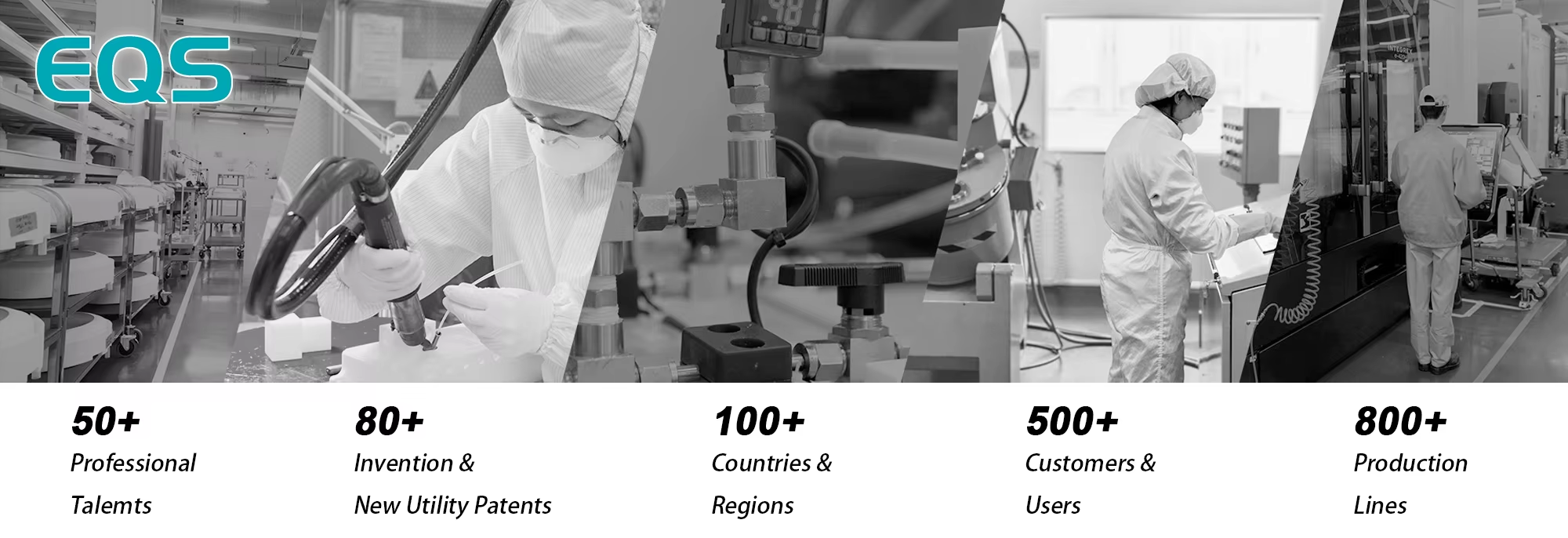
CIP (Cleaning In Place) system is widely used in the production processes of bottled water, bottled barrel water, carbonated beverages, tea/fruit juice, dairy products, alcoholic beverages, seasonings, daily chemical products, etc. Its wastewater is complex in composition due to cleaning agents, residual products, and process characteristics. The main components are as follows:
Chemical Pollutants
Organic Load
Nutrients and Sediments
Characteristics Of Wastewater In The Water Filling Industry
Characteristics Of Wastewater In The Carbonated Filling Industry
Characteristics Of Wastewater In The Tea Juice Filling Industry
Characteristics Of Wastewater In The Dairy Filling Industry
Physical-chemical Treatment
Preprocessing
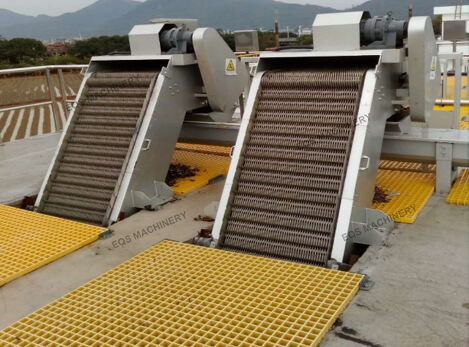
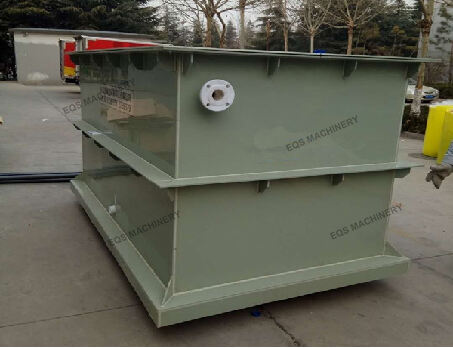
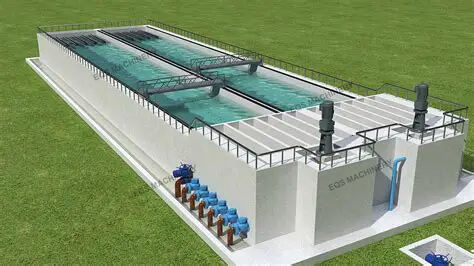
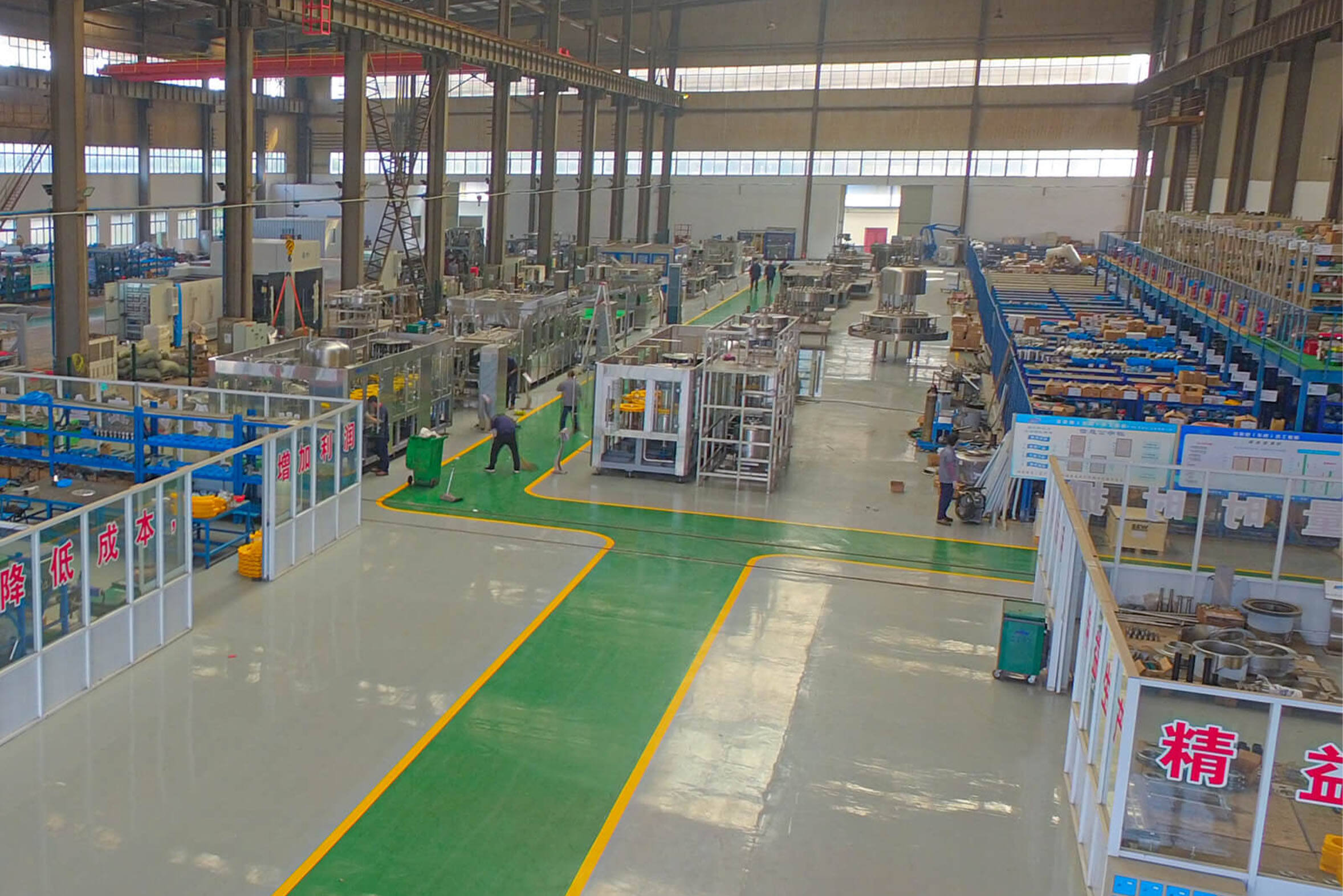
With over 20 years of industry experience, we have established ourselves as a leading provider of beverage production line solutions worldwide. Our state-of-the-art manufacturing facility spans over 50,000 square meters and is equipped with advanced machinery and technology.
We pride ourselves on our commitment to quality, innovation, and customer satisfaction. Our team of experienced engineers and technicians work closely with clients to understand their specific needs and deliver customized solutions that exceed expectations.
Q1: Are you a trading company or a manufacturer?
A1: We are a manufacturer, we supply the factory price with good quality,our Engineer Team with over 20 year's experience,welcome to visit!
Q2.How can I know your machine has good quality?
A2:We will send the video of testing the machine working condition for you before delivery,so you can send us your bottle samples for a trial.
Q3:What's your guarantee or the warranty of the quality if we buy your machines?
A3: We offer you high quality machines with 15 months guarantee and supply life-long technical support.
Q4: When can I get my machine after I paid?
A4: The delivery time is based on the exact machine you confirmed.
Q5: How can I install my machine when it arrives?
A5: We will send our engineers to your factory to install the machines and train your staff how to operate the machines.
Q6: How about the spare parts?
A6: After we deal down all the things, we will offer you a spare parts list for your reference.
Q7: How to join EQS and become an agent?
A7: We sincerely invite you to become our filling machine agent and jointly expand the market. By contacting us, submitting company information for qualification evaluation, and ultimately signing an agency agreement, you will receive comprehensive product training and market support.
Copyright © JIANGSU EQS MACHINERY CO.,LTD